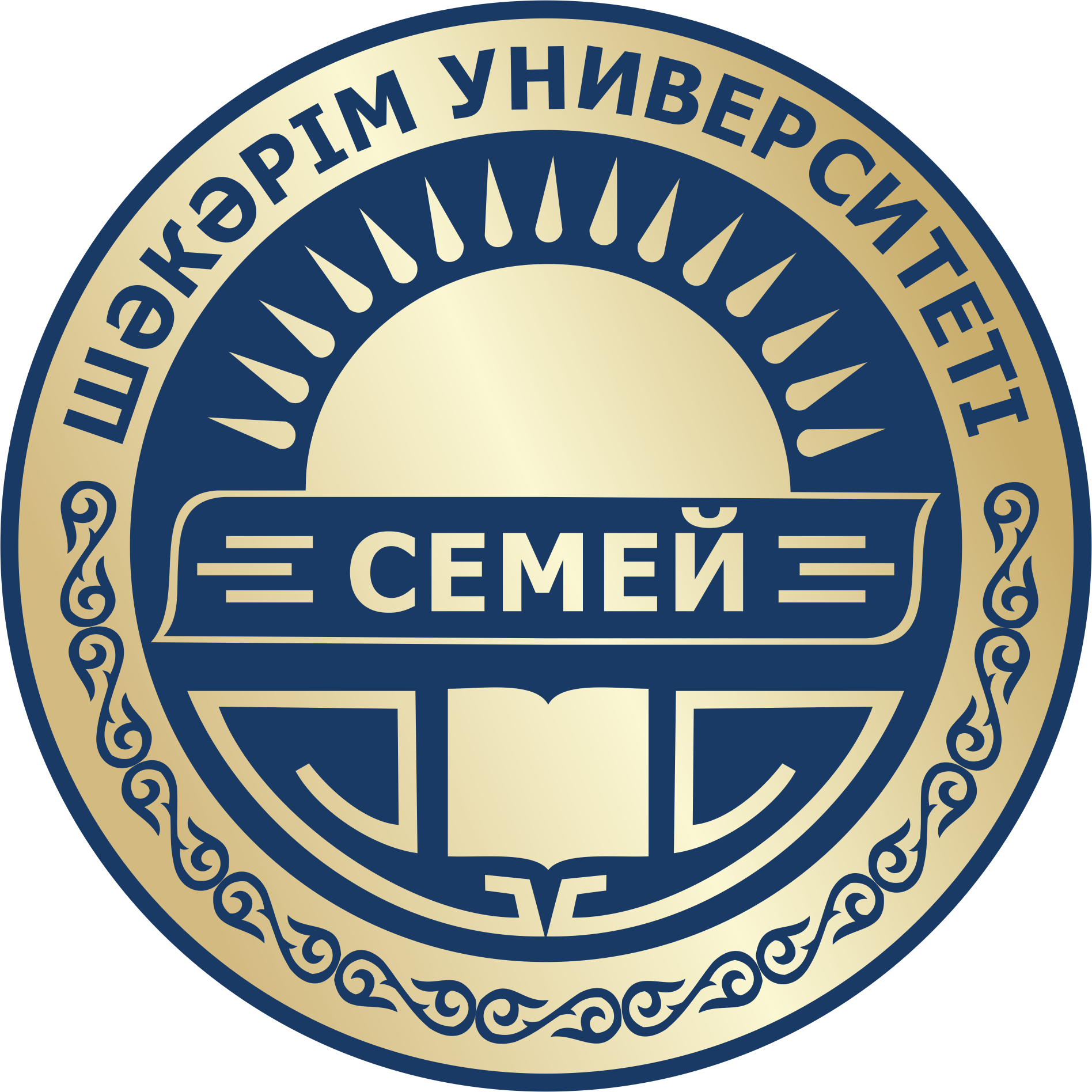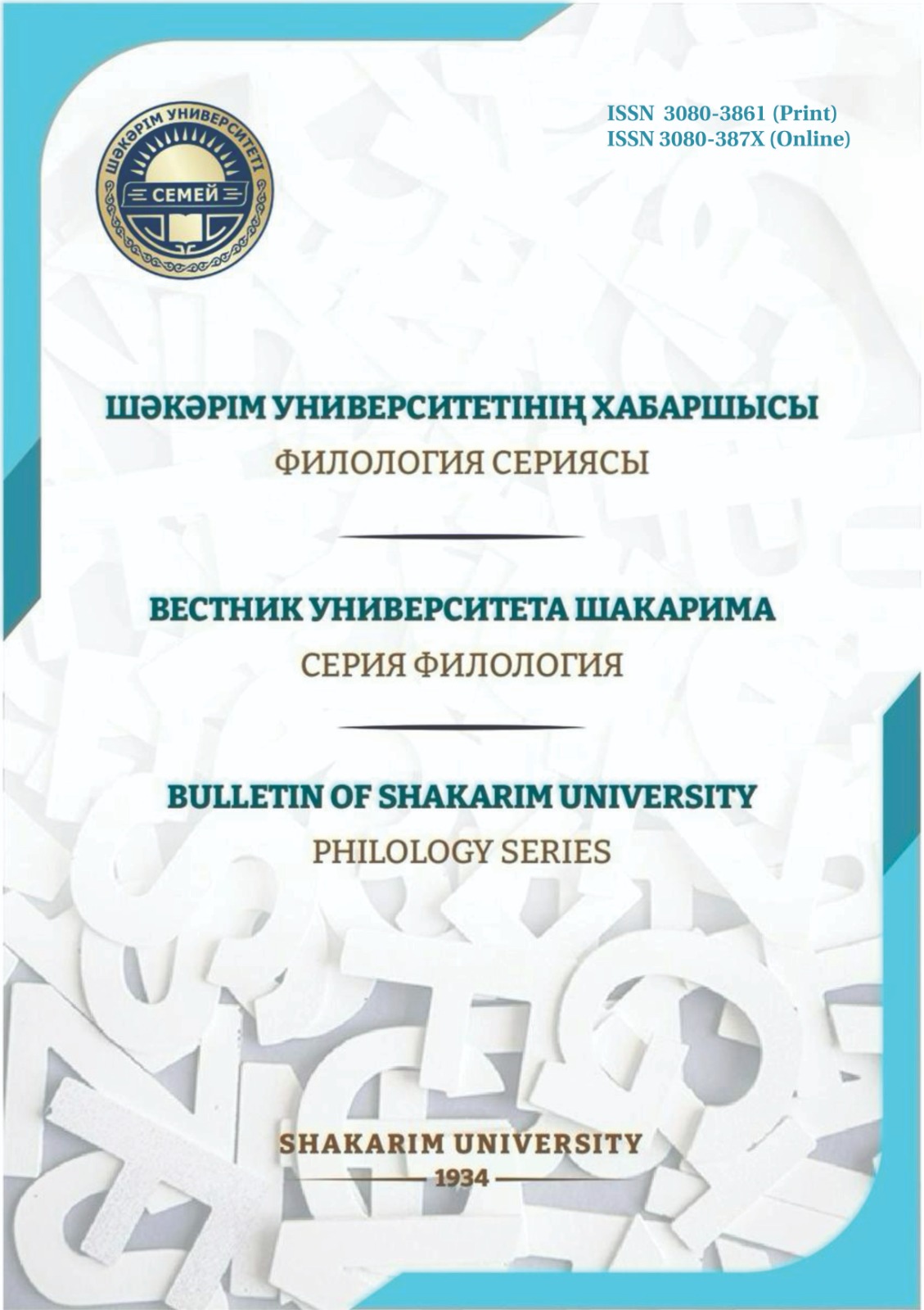THE USE OF AI IN TEACHING ENGLISH FOR SPECIFIC PURPOSES: THE EXAMPLE OF CHATGPT
Keywords:
ChatGPT, artificial intelligence, language, ESP, methodology.Abstract
The application of Artificial Intelligence (AI) in education has transformed teaching practices, especially in the area of Teaching English for Specific Purposes (ESP). The article discusses the role of AI, notably ChatGPT, in innovating ESP education for Teaching English major students. ChatGPT, a cutting-edge AI language model developed by OpenAI, facilitates personalized learning experiences through the simulation of real-life professional settings and the delivery of instant, context-specific feedback on the use of language, grammar, and vocabulary. It enables ESP learners to practice and enhance their communication skills in settings that are directly relevant to their own professions, such as business, law, medicine, and engineering. The paper examines the numerous benefits of ChatGPT, including its capability to personalize learning tasks, provide real-time corrections, and create interactive and dynamic dialogue that mimics professional real-life interaction. Furthermore, it discusses feasible means of integrating ChatGPT into ESP courses, including task-based learning, blended modes, and collaborative tasks. With these innovative methods, educators can more effectively address the diverse and specialized needs of ESP students. This study highlights the potential of AI technology like ChatGPT to transform ESP teaching in the way it offers scalable, adaptive, and interactive solutions to enhance language ability and prepare learners for the needs of their professional disciplines.
Additional Files
Published
Issue
Section
License
Copyright (c) 2025 The editorial staff of the journal follows the copyright law of the Republic of Kazakhstan and relevant international agreements. The authors retain their copyright and provide the journal «Bulletin of Shakarim University. Series of Historical Sciences» right of first publication of the manuscript. The author has the right to copy and distribute the material in any medium and in any format, subject to appropriate reference to the journal. Readers and users can freely copy, distribute and adapt the material, provided that the author of the work is indicated and a link to this journal is provided. Copyright presupposes the integrity and responsibility of each co-author who made a significant contribution to the writing of the article. The author has the right to store his publications in an institutional or other repository of his choice, provided he provides the appropriate link to the journal’s website.

This work is licensed under a Creative Commons Attribution-NonCommercial 4.0 International License.
Copyright presupposes the integrity and responsibility of each co-author who made a significant contribution to the writing of the article.
The author has the right to store his publications in an institutional or other repository of his choice, provided he provides the appropriate link to the journal’s website.

